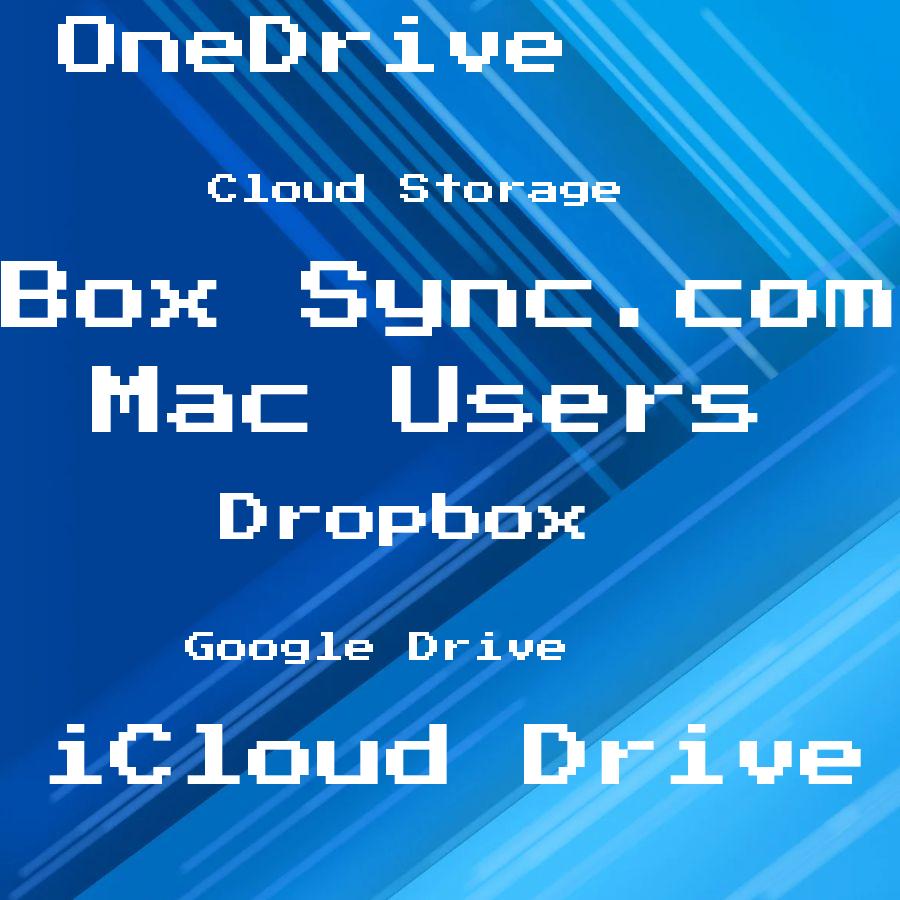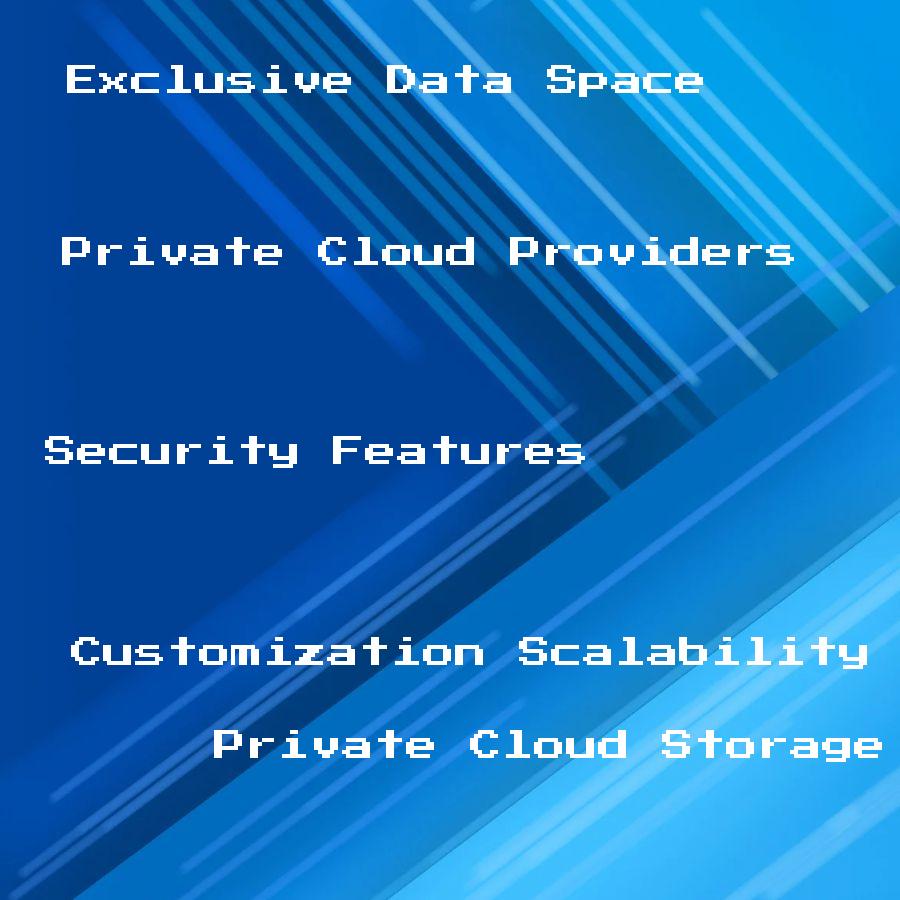Discover the power of cloud native languages as we delve into their features and benefits, enabling seamless integration with modern cloud-based infrastructures in this insightful blog post.
Are you curious about the latest buzz in cloud computing? If yes, then you might have heard about “cloud native languages.” These are programming languages that are specifically designed to build and run applications in the cloud. With the rise of cloud computing, developers need to learn new skills and tools to keep up with the demands of modern software development.
In this blog post, we’ll dive into what cloud native languages are, why they matter, and which ones you should consider learning if you want to stay ahead in your career as a developer. So buckle up and get ready for an exciting ride!
Key takeaways:
- Cloud native languages enable seamless integration with modern cloud-based infrastructures.
- Popular cloud native languages include Go, Java, Python, Node.js, and Rust.
- Benefits of cloud native development include scalability, resilience, and faster time-to-market.
- Microservices and containers are essential in building scalable and resilient systems.
- Security considerations should be built into the design of cloud-native applications.
Introduction to Cloud Native

Cloud native is a term that has been gaining popularity in recent years, especially with the rise of cloud computing. It refers to an approach to software development and deployment that leverages the power of cloud-based infrastructure.
Cloud native applications are designed to run on modern platforms such as Kubernetes, Docker Swarm or Amazon Web Services (AWS) Elastic Container Service (ECS). They are built using microservices architecture which allows for greater flexibility and scalability.
The main goal of cloud-native development is to create applications that can be easily deployed and scaled across multiple environments without any changes in codebase or configuration files. This means developers can focus more on writing code rather than worrying about infrastructure management.
Cloud-native languages play a crucial role in this process by providing developers with tools and frameworks specifically designed for building scalable, resilient, secure applications optimized for running on the cloud platform.
Popular Cloud Native Languages
These languages offer unique features and benefits that make them ideal for building applications in the cloud. Here are some of the most popular ones:
1. Go: Developed by Google, Go is a compiled language designed for building scalable and efficient software systems.
2. Java: A widely used object-oriented language, Java has been around for decades and remains relevant today due to its ability to run on any platform.
3. Python: Known for its simplicity and ease of use, Python is a high-level interpreted language that’s great for rapid prototyping.
4. Node.js: Built on top of Google’s V8 JavaScript engine, Node.js allows developers to build fast network applications using event-driven I/O operations.
5.Rust : Rust is an open-source system programming language developed by Mozilla with safety as one of its primary goals.
Benefits of Cloud Native Development
One of the most significant advantages is scalability. Cloud-native applications can scale up or down quickly, depending on demand, without requiring additional infrastructure investment.
Another benefit is resilience. Cloud-native applications are designed to be fault-tolerant and self-healing, which means they can recover from failures automatically without any human intervention.
Cloud native development also enables faster time-to-market for new features and updates since developers can leverage pre-built cloud services instead of building everything from scratch.
Moreover, cloud native languages offer better performance in the cloud environment than traditional programming languages because they are optimized for distributed systems and microservices architecture.
Security considerations are built into the design of cloud-native applications by default since these apps rely heavily on containers that provide isolation between different components running within them. This makes it easier to secure individual components rather than securing an entire monolithic application at once.
Microservices and Containers
Microservices architecture is a way of building applications as a collection of small, independent services that communicate with each other through APIs. This approach allows developers to break down complex applications into smaller, more manageable pieces that can be developed and deployed independently.
Containers provide an efficient way to package these microservices along with their dependencies into lightweight, portable units that can run anywhere – from developer laptops to production environments in the cloud. Containers also offer benefits such as isolation between services, easy scaling up or down based on demand, and simplified deployment processes.
Together microservices and containers enable developers to build highly scalable and resilient systems that can adapt quickly to changing business needs while reducing operational overheads.
Serverless Computing
With serverless computing, you don’t have to manage servers or worry about scaling your application as traffic increases. Instead, you pay only for the resources used by your application when it runs.
One of the most significant benefits of serverless computing is its cost-effectiveness. Since you only pay for what you use, there are no upfront costs or ongoing maintenance fees associated with managing servers.
This makes it an ideal solution for startups and small businesses looking to reduce their IT expenses while still delivering high-quality software products.
Another advantage of serverless computing is its scalability and flexibility. As demand grows, additional resources can be automatically allocated in real-time without any manual intervention required from developers or system administrators.
However, like any technology solution, there are also some potential drawbacks that need consideration before adopting this approach fully into production environments such as vendor lock-in concerns and cold start issues which may impact performance during initial requests after idle periods.
Language Performance in the Cloud
The performance of a programming language can have a significant impact on how well an application runs in the cloud. Some languages are better suited for cloud environments than others due to their ability to handle distributed systems and parallel processing.
For instance, Go (Golang) is one of the most popular languages for building microservices because it’s designed with concurrency and scalability in mind. It has lightweight threads called goroutines that allow developers to write highly concurrent code without worrying about thread management or deadlocks.
On the other hand, Python may not be as performant as Go when it comes to handling large-scale applications due to its Global Interpreter Lock (GIL), which limits its ability for true parallelism.
Scalability and Resilience
Cloud native languages offer several features that make it easier to build scalable and resilient applications. For instance, they provide built-in support for distributed architectures, which allows developers to design their applications in a way that can handle large volumes of traffic without compromising performance.
Moreover, cloud native languages also come with tools for managing application resources dynamically based on demand. This means that the application can scale up or down automatically depending on the number of users accessing it at any given time.
In addition to scalability, resilience is another essential aspect of cloud-native development. Resilience refers to an application’s ability to recover from failures quickly and continue functioning as expected without causing significant disruptions or downtime.
Cloud native languages provide various mechanisms for achieving high levels of resilience in your applications by leveraging containerization technology such as Kubernetes orchestration platform or Docker Swarm mode clustering system.
Security Considerations
As developers build applications for the cloud, they need to consider security from the ground up. Cloud native languages offer several built-in security features that can help protect your application from cyber threats.
One of the most significant benefits of using a cloud-native language is that you can take advantage of modern encryption techniques such as TLS/SSL and HTTPS protocols. These technologies ensure secure communication between your application and other services in the network.
Another essential consideration for securing your applications in the cloud is access control management. With many users accessing an app simultaneously, there needs to be proper authentication mechanisms put in place to prevent unauthorized access or data breaches.
Lastly, developers must keep their code updated with regular patches and updates since vulnerabilities are continually being discovered by hackers who seek ways into systems through loopholes created by outdated software versions.
While developing with Cloud Native Languages offers numerous advantages over traditional development methods; one should not overlook potential risks associated with cybersecurity threats posed by malicious actors seeking entry points into sensitive information stored on servers running these apps – hence why implementing robust security measures remains crucial at all times!.
Understanding the Role of WebAssembly in Cloud Native Languages
WebAssembly (Wasm) is a binary instruction format that allows developers to run high-performance code on the web. While it was initially designed for browsers, its versatility has made it an integral part of cloud native languages as well.
Wasm provides a portable and efficient way to execute code across different platforms, making it ideal for cloud-based applications.
One of the key advantages of WebAssembly in cloud native languages is its ability to improve performance. By compiling programming languages into Wasm bytecode, developers can achieve near-native execution speeds without sacrificing portability or security.
This makes it easier to build scalable and efficient applications in the cloud.
WebAssembly’s sandboxed environment ensures that code running within containers remains isolated from other processes and systems. This enhances security by preventing unauthorized access or interference with sensitive data.
Furthermore, since WebAssembly supports multiple programming languages such as C/C++, Rust, Go, and more through their respective compilers or transpilers like Emscripten or AssemblyScript; developers have greater flexibility when choosing their preferred language for building cloud native applications.
Understanding the role of WebAssembly in cloud native languages is crucial for modern application development.
Exploring Q Programming Language for Cloud Computing
Developed by Kx Systems, Q is a high-level language specifically designed for handling large datasets and performing complex analytics tasks efficiently. It offers a concise syntax that allows developers to write expressive code with fewer lines, making it ideal for cloud-native applications where scalability and performance are crucial.
One of the key advantages of using Q in cloud computing is its ability to handle real-time streaming data effectively. The language provides built-in support for time-series analysis, allowing developers to process vast amounts of data with minimal latency.
This makes Q an excellent choice for applications that require fast and accurate processing of financial market data, IoT sensor readings, or any other real-time streaming information.
Another notable feature of Q is its seamless integration with other languages commonly used in the cloud ecosystem such as Python or Java. This interoperability enables developers to leverage existing libraries and frameworks while taking advantage of Q’s powerful analytical capabilities.
Furthermore, thanks to its columnar database model called kdb+, which underlies the implementation of Q programming language, it excels at handling structured tabular data efficiently. This makes it well-suited for use cases involving big data analytics or machine learning algorithms where quick access and manipulation are essential.
Exploring the potential benefits offered by using the Q programming language in cloud computing can open up new possibilities when dealing with large-scale datasets and demanding analytical workloads.
Lessons Learned: The Adoption and Practical Uses of Languages in Cloud Native
One important lesson is the need for compatibility and interoperability between different languages. In a cloud native ecosystem, where multiple services and components may be written in different languages, it is crucial to ensure seamless communication and integration between them.
Another lesson learned is the importance of choosing a language that aligns with the specific requirements of your application or service. Different programming languages have their own strengths and weaknesses when it comes to scalability, performance, ease of development, community support, and available libraries or frameworks.
It’s essential to carefully evaluate these factors before making a decision.
Developers have realized that leveraging containerization technologies like Docker can simplify language adoption in cloud native environments. Containers provide an isolated runtime environment for applications regardless of the underlying infrastructure or host operating system.
This allows developers to package their applications along with all necessary dependencies into portable containers that can run consistently across various platforms.
Furthermore, developers should consider how well-suited a language is for building microservices architecture within cloud-native ecosystems. Microservices promote modularity by breaking down complex applications into smaller independent services.
Choosing a language with strong support for building scalable microservices architectures can greatly enhance development productivity and enable efficient scaling as demand increases.
Lastly, it’s worth noting that continuous learning plays an integral role in successfully adopting new programming languages within cloud-native environments. As technology evolves rapidly, developers must stay updated on best practices, new features,and emerging trends related to their chosen programming language(s).
How to Determine the Right Cloud Native Language for Your Needs
First and foremost, you should assess the requirements of your project or application. Consider what functionalities and features you need from a language in order to achieve your goals.
Next, evaluate the ecosystem surrounding each language. Look into the availability of libraries, frameworks, and tools that can support development in that particular language.
A strong ecosystem can greatly enhance productivity and provide access to valuable resources.
Take into account the scalability and performance characteristics of different languages. Some languages may be better suited for handling large-scale applications or high-performance computing tasks than others.
Consider also factors such as community support and documentation available for each language. Having an active community can be beneficial when seeking help or finding solutions to problems during development.
Lastly but importantly, think about your team’s expertise with different programming languages. If you have developers who are already proficient in a specific cloud native language or have experience working with certain technologies associated with it (such as containerization platforms), leveraging their skills could save time on training and ramp-up periods.
An Analysis of Why Docker and Project Vitess Chose Specific Languages for Cloud Native
Understanding the rationale behind these decisions can provide valuable insights into the considerations involved in choosing a language for cloud native development.
Docker, known for its containerization technology, primarily uses Go as its core programming language. The decision to use Go was driven by several factors such as performance, simplicity, and concurrency support.
Go’s lightweight nature allows Docker containers to start quickly and consume fewer resources compared to other languages. Go’s built-in concurrency features enable efficient utilization of multi-core processors.
On the other hand, Project Vitess—a database clustering system—has chosen Golang (Go) as its primary language due to similar reasons like Docker: performance and efficiency. Golang’s ability to handle high levels of concurrent requests makes it an ideal choice for building distributed systems like Vitess.
Both Docker and Project Vitess also benefit from a vibrant community around their chosen languages which ensures continuous improvement through contributions from developers worldwide.
While there is no one-size-fits-all approach when it comes to selecting a language for cloud native development projects like Docker or Project Vitess; factors such as performance characteristics, concurrency support, community engagement should be carefully considered before making a decision.
FAQ
What language is used in AWS cloud native programming?
The programming language used in AWS cloud native programming is JavaScript.
What are cloud native technologies?
Cloud native technologies are tools like Kubernetes, Docker, serverless functions, APIs, and Kafka that foster modern application development by minimizing operational tasks and accelerating the development process.
How does containerization support Cloud Native development?
Containerization supports Cloud Native development by providing scalability, improved efficiency, and consistent environments, which makes it easier to build, test, and deploy applications rapidly and reliably.
What are the primary benefits of adopting a Cloud Native strategy?
Adopting a Cloud Native strategy primarily benefits businesses through greater operational efficiency, lower costs, increased scalability, improved agility, accelerated time-to-market, and enhanced resilience to disruptions.
What role does DevOps play in Cloud Native environments?
DevOps plays a pivotal role in Cloud Native environments by facilitating frequent and reliable software delivery, enhancing collaboration between development and operation teams, and empowering rapid feature development and improved product resilience.




